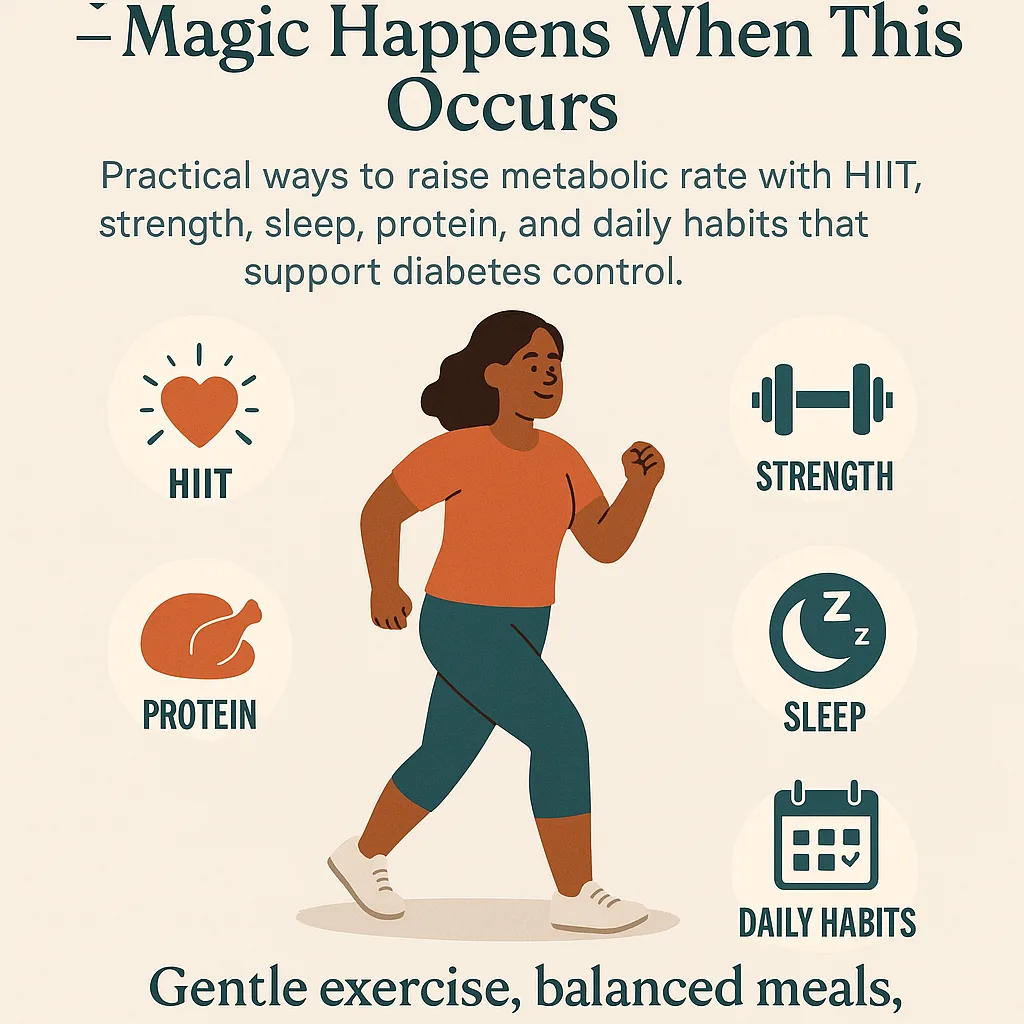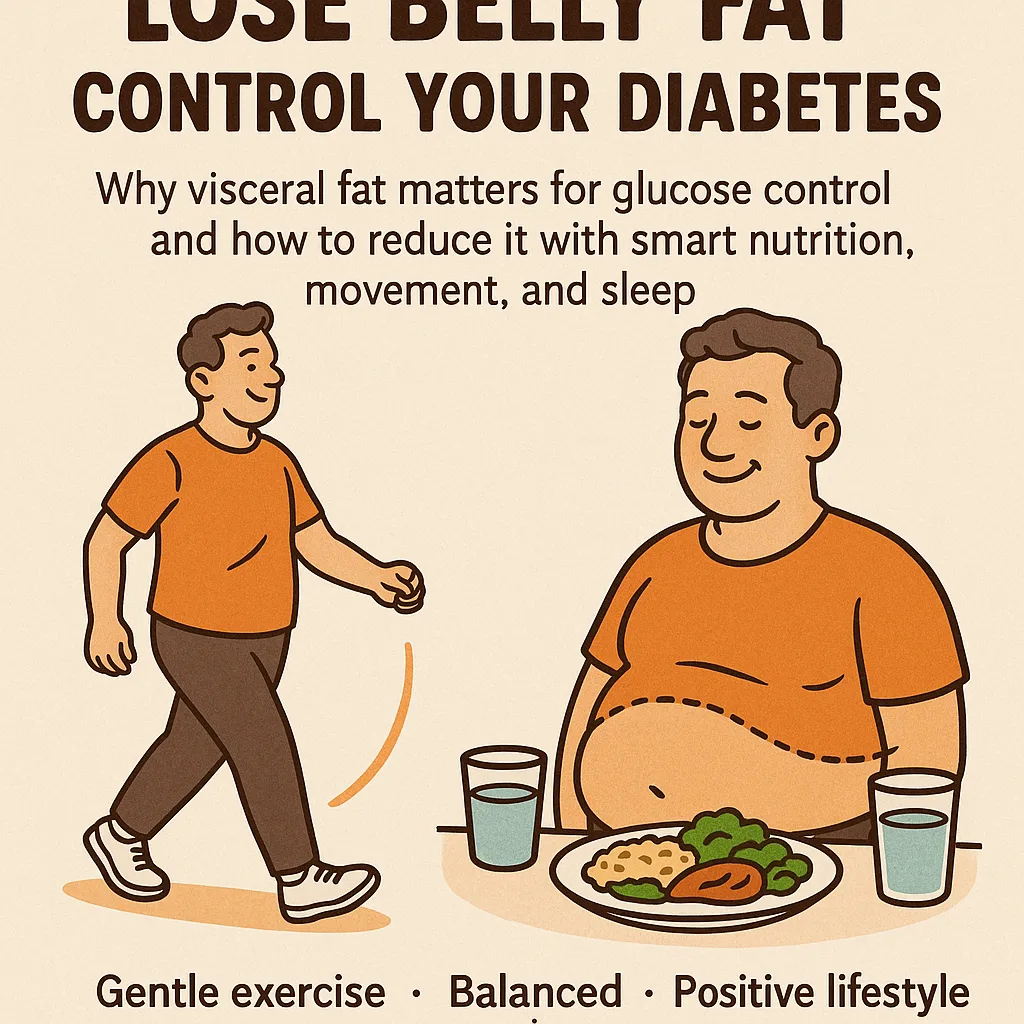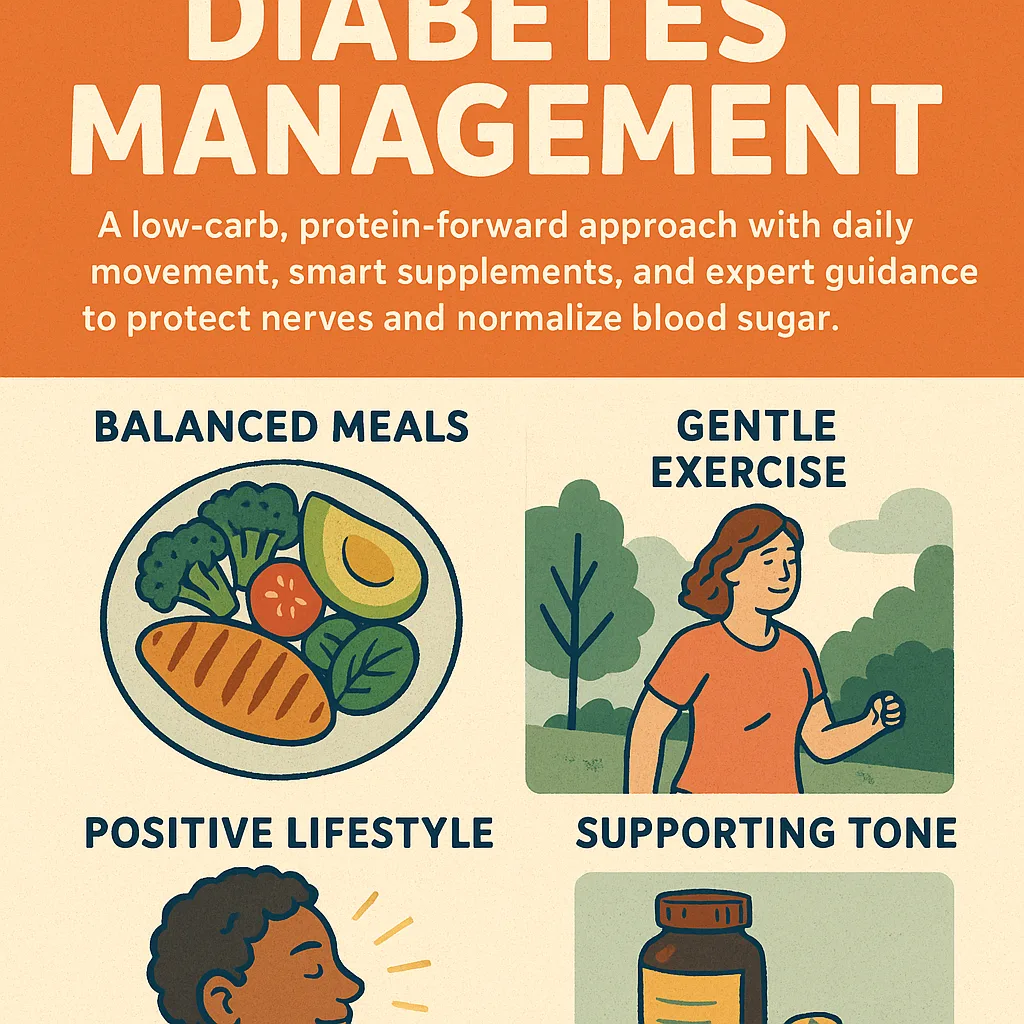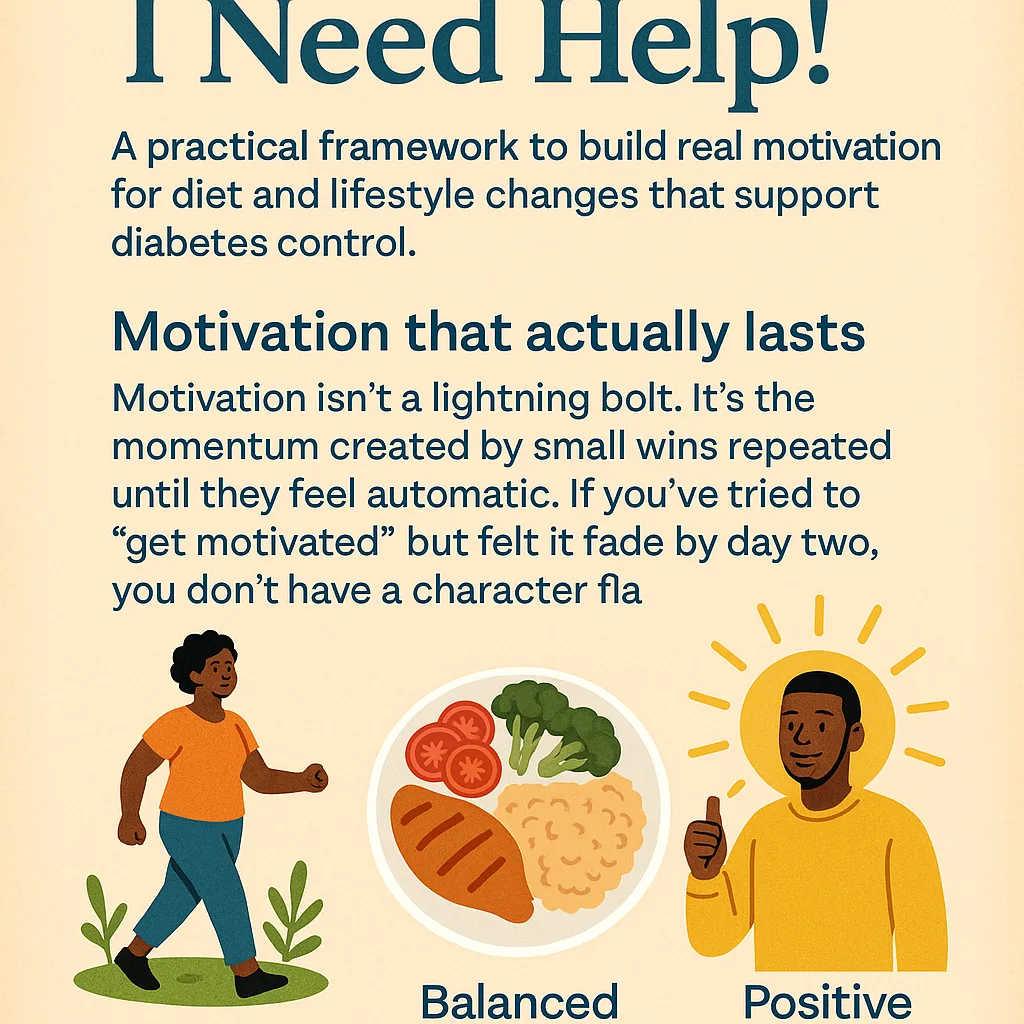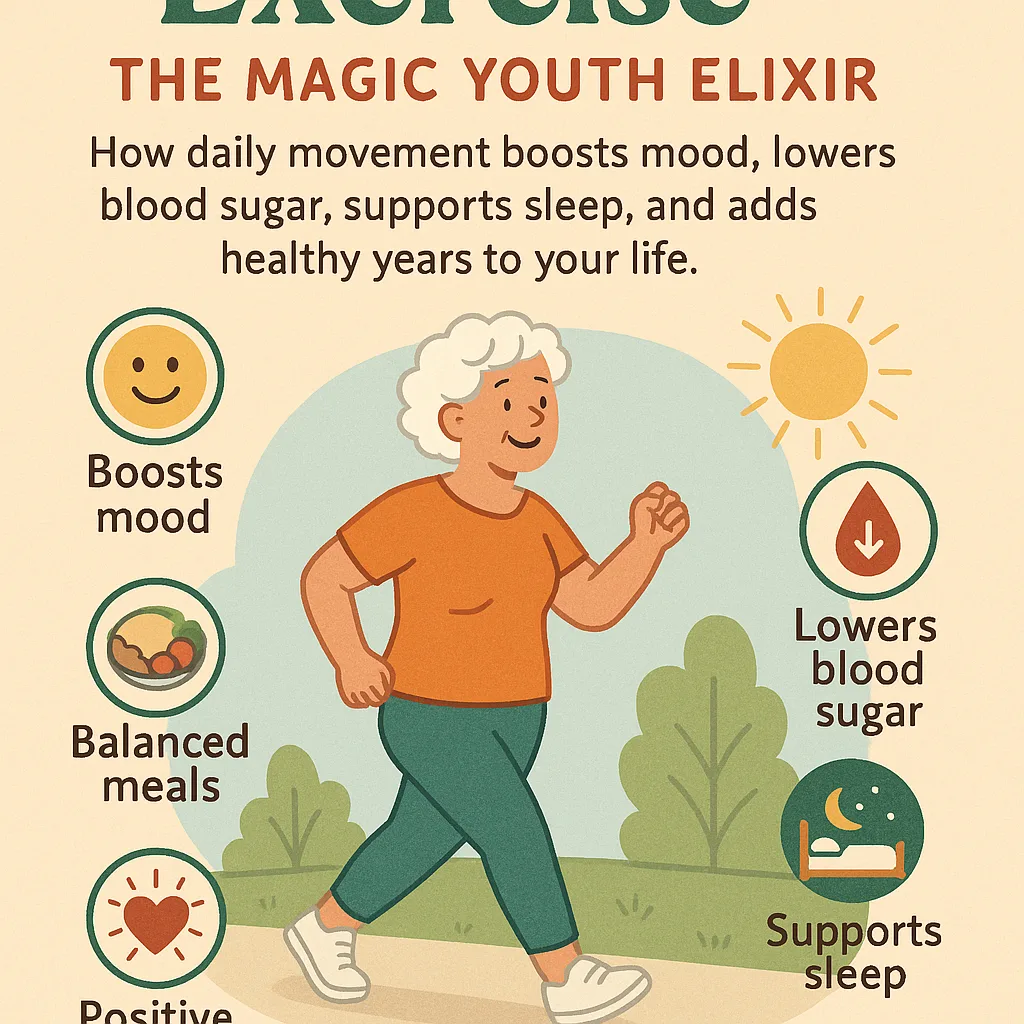Why metabolism matters for diabetes
Metabolism is more than calories in and out. It includes how efficiently your body turns food into usable energy, where and how you store fuel, and how quickly you recover between meals and workouts. For people managing Type 2 diabetes, a more responsive metabolism usually means steadier glucose, fewer energy crashes, easier fat loss, and a stronger foundation for long‑term health.
Can you change your metabolism?
Genes influence your baseline, but daily choices shift your effective metabolic rate in meaningful ways. You can add muscle tissue that burns energy at rest, train in ways that elevate post‑exercise oxygen consumption, improve sleep to rebalance hunger hormones, and choose foods that cost more energy to digest and absorb.
HIIT: short bursts, long benefits
High‑Intensity Interval Training alternates short pushes with easy recovery. You can apply it to walking, cycling, or bodyweight movements. A simple template:
- Warm up 5 minutes at an easy pace
- 60 seconds brisk pace
- 3 minutes relaxed pace
- Repeat for 5–8 rounds
- Cool down 5 minutes
This style raises metabolic rate after the session ends and improves insulin sensitivity. If you’re new to exercise or have cardiovascular concerns, clear this approach with your clinician and start with gentler intervals: 30 seconds brisk, 3–4 minutes easy.
Strength training: your metabolic insurance policy
Muscle is metabolically active, protects joints, and gives you more room to store glucose without spiking blood sugar. Two or three short sessions per week deliver major benefits.
A 20‑minute routine
- Squat to chair: 3 sets of 8–12
- Wall or counter push‑ups: 3×8–12
- Hip hinge with dumbbells or backpack: 3×8–12
- Band or dumbbell row: 3×8–12
- Standing calf raises: 2×15–20
Move slowly, breathe steadily, and stop 1–2 reps before form breaks. Progressive overload—adding a rep, a set, or a bit of weight over time—signals your body to grow stronger.
Protein: the thermic advantage
Protein has a higher thermic effect of food than carbs or fat; you burn more energy digesting it, and it supports muscle repair. A practical target for many adults is 1.2–1.6 g per kilogram of ideal body weight, personalized with your clinician. Distribute protein across meals to stabilize appetite and glucose.
Protein‑forward plate ideas
- Eggs, cottage cheese, or Greek yogurt for breakfast
- Chicken, tuna, or tofu salads for lunch
- Salmon, steak, or lentils (if tolerated) for dinner
Sleep: the quiet metabolic lever
Short sleep elevates cortisol and ghrelin, raising glucose and hunger. Protect a 7–9 hour window, reduce late caffeine, dim lights in the evening, and create a simple wind‑down ritual. Many people see better fasting glucose within a week of consistent sleep.
Daily movement: stacking metabolic wins
Total daily energy expenditure climbs when you break up long sitting with short bouts of motion. Build triggers:
- Stand and stretch every hour
- 5–10 minute walks after meals
- Carry groceries, take stairs, tidy for 10 minutes in the evening
These micro‑bursts improve insulin sensitivity and compound with formal workouts.
A four‑week metabolism tune‑up
Week 1: Foundation
- Walk 20–30 minutes most days
- Protein at each meal
- Lights‑down wind‑down 30 minutes before bed
Week 2: Intervals
- Add 1–2 HIIT sessions to your walks
- Start a strength session with two movements
Week 3: Strength
- Two full‑body strength sessions
- Post‑meal 10‑minute walks
Week 4: Refine
- Adjust intervals and loads upward if recovery is good
- Batch‑cook proteins; pre‑cut vegetables
Troubleshooting plateaus
- Weight not moving? Reassess portions and liquid calories; increase protein and vegetables.
- Energy low? Check sleep and recovery; consider one fewer interval round for a week.
- Soreness lingering? Add rest day between strength sessions and prioritize protein and hydration.
Putting it together
You can’t change your genes, but you can change your inputs: movement, meals, sleep, and stress. The payoff isn’t just a faster metabolism; it’s steadier glucose, a stronger body, and more confidence in your routine. Start small this week, win a few sessions, and build momentum.
